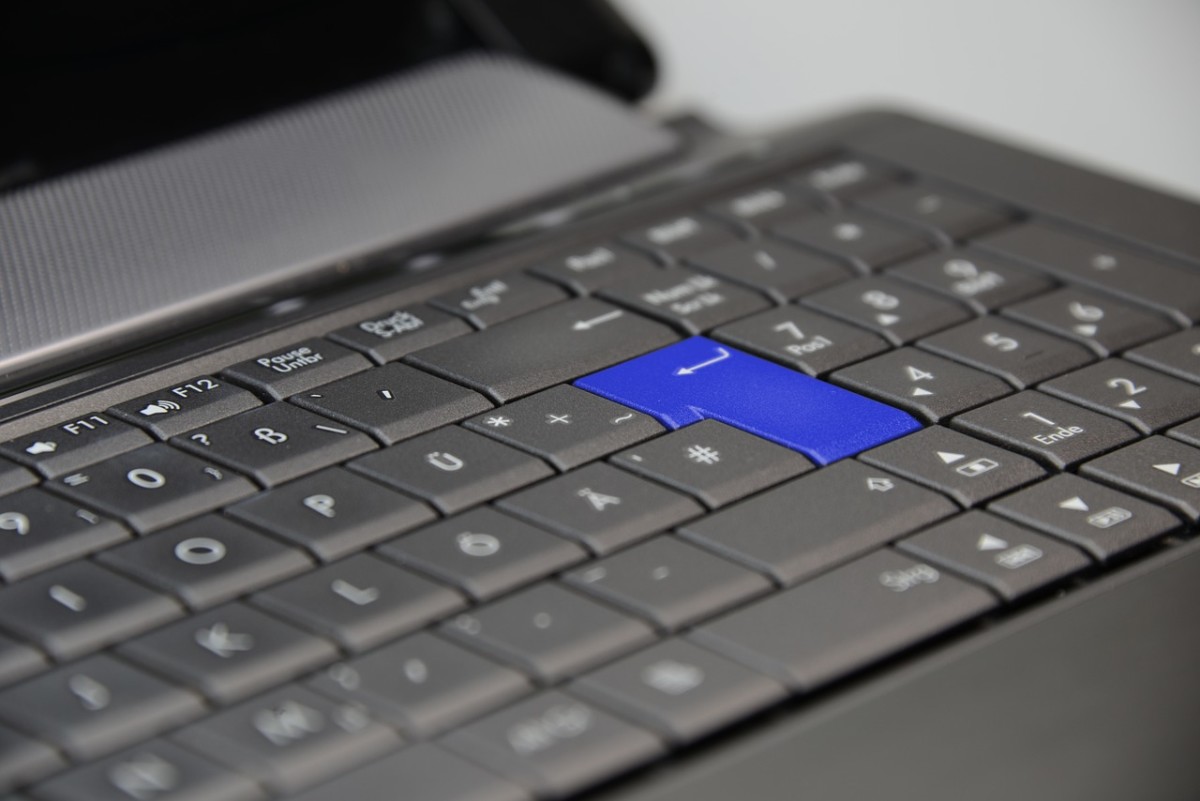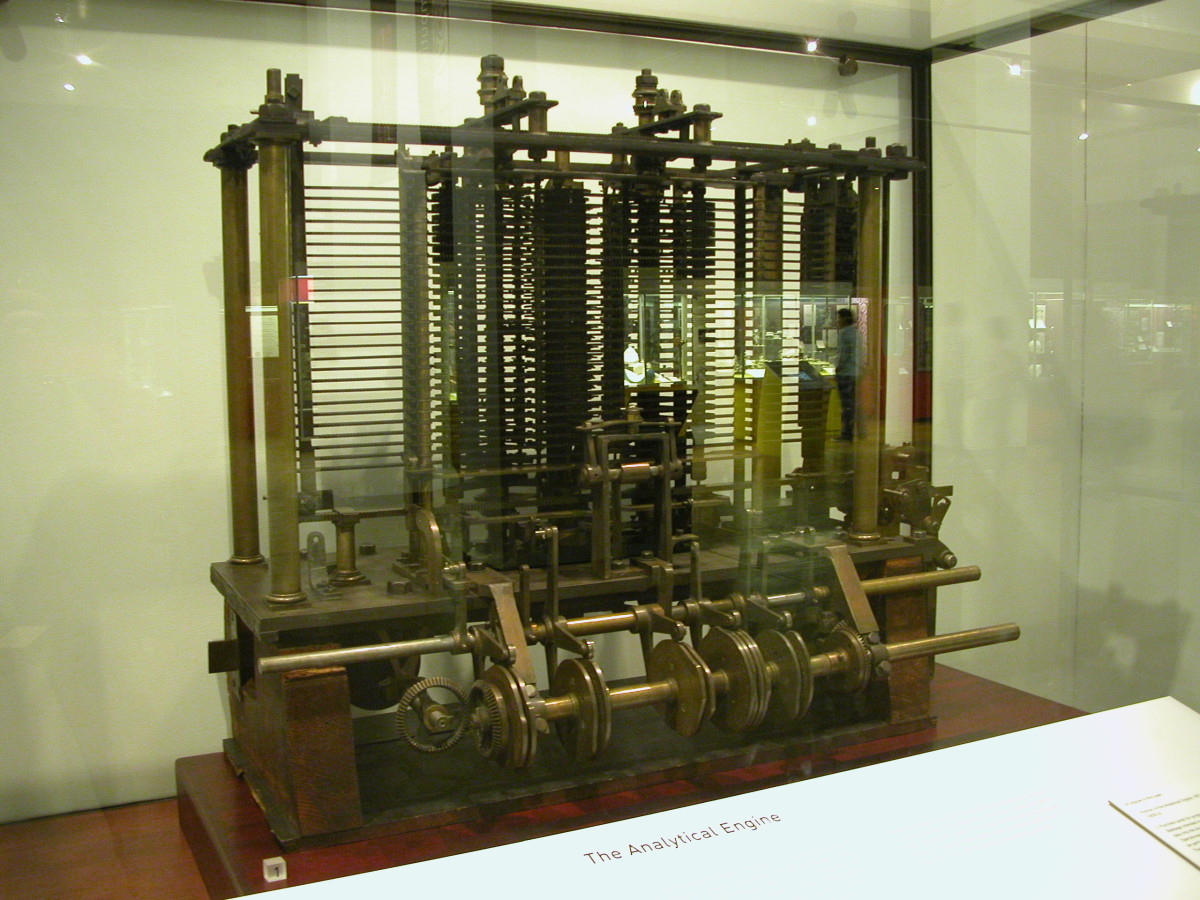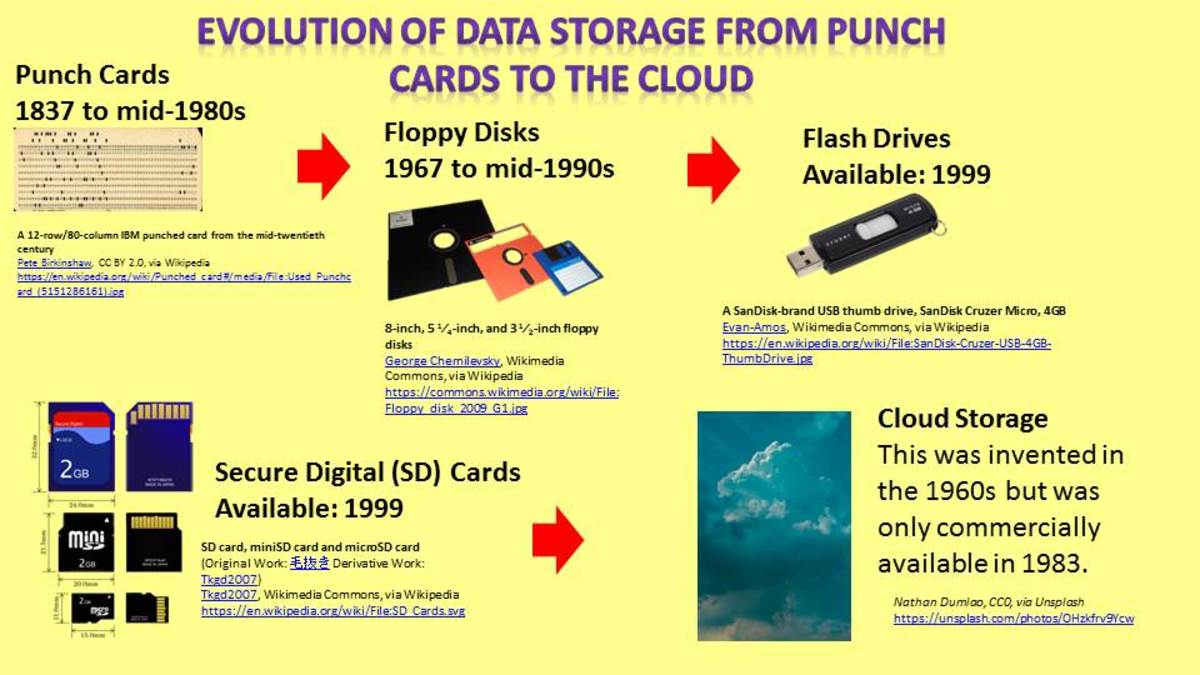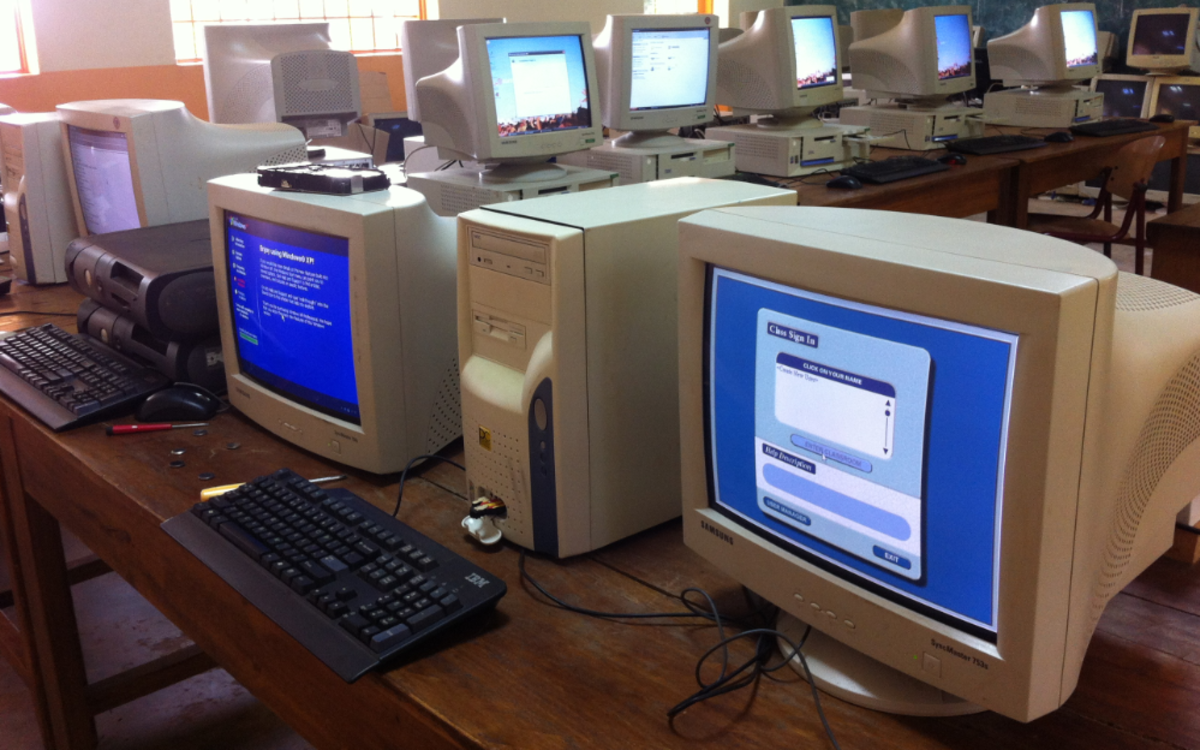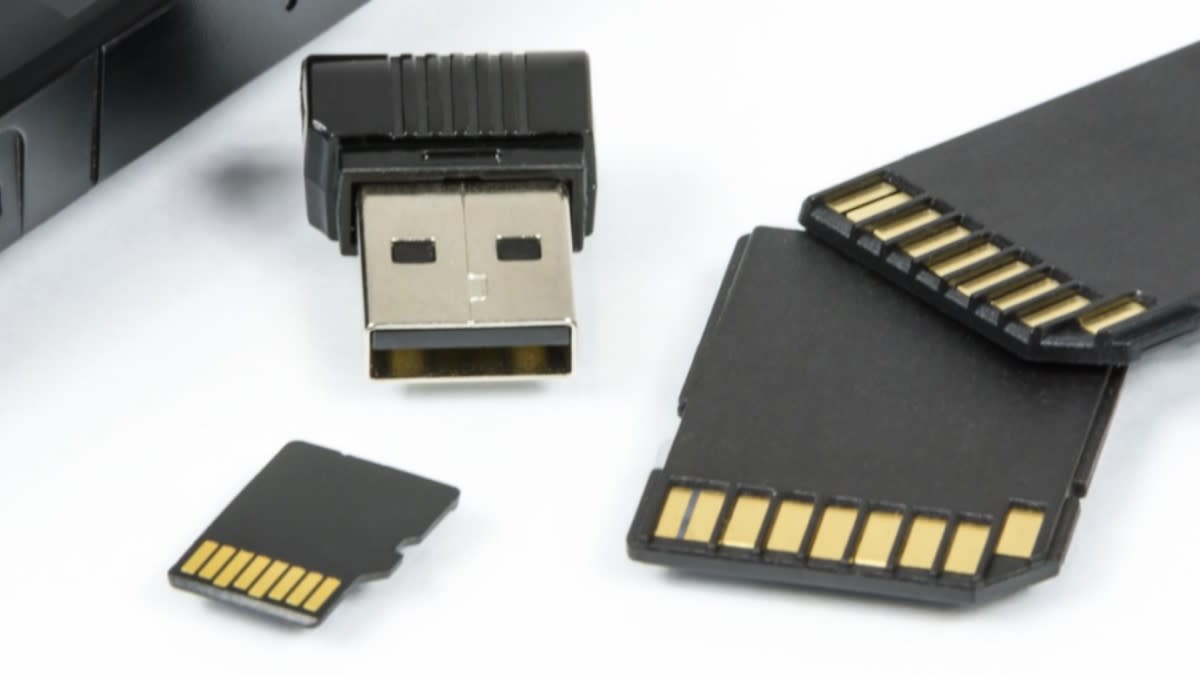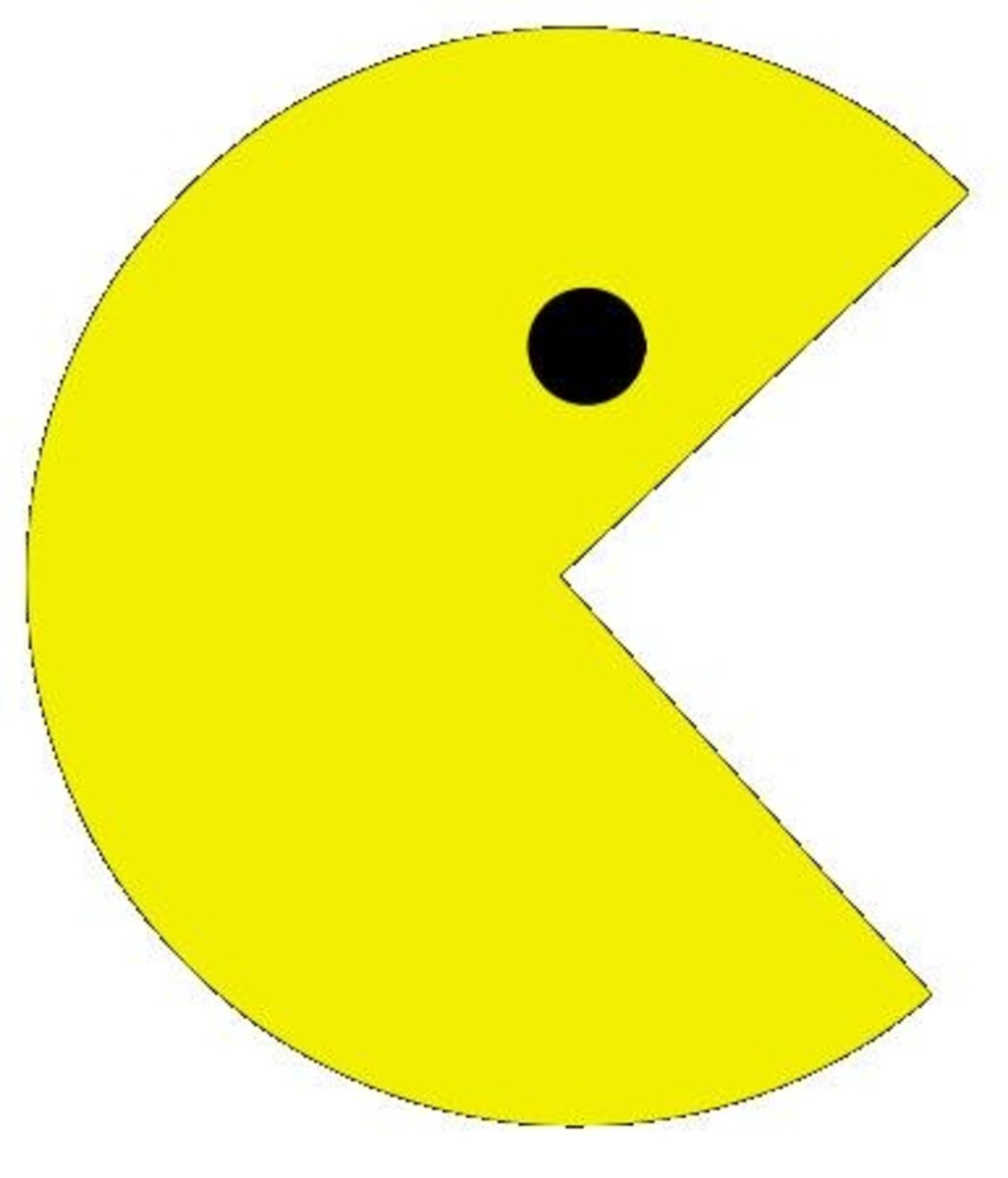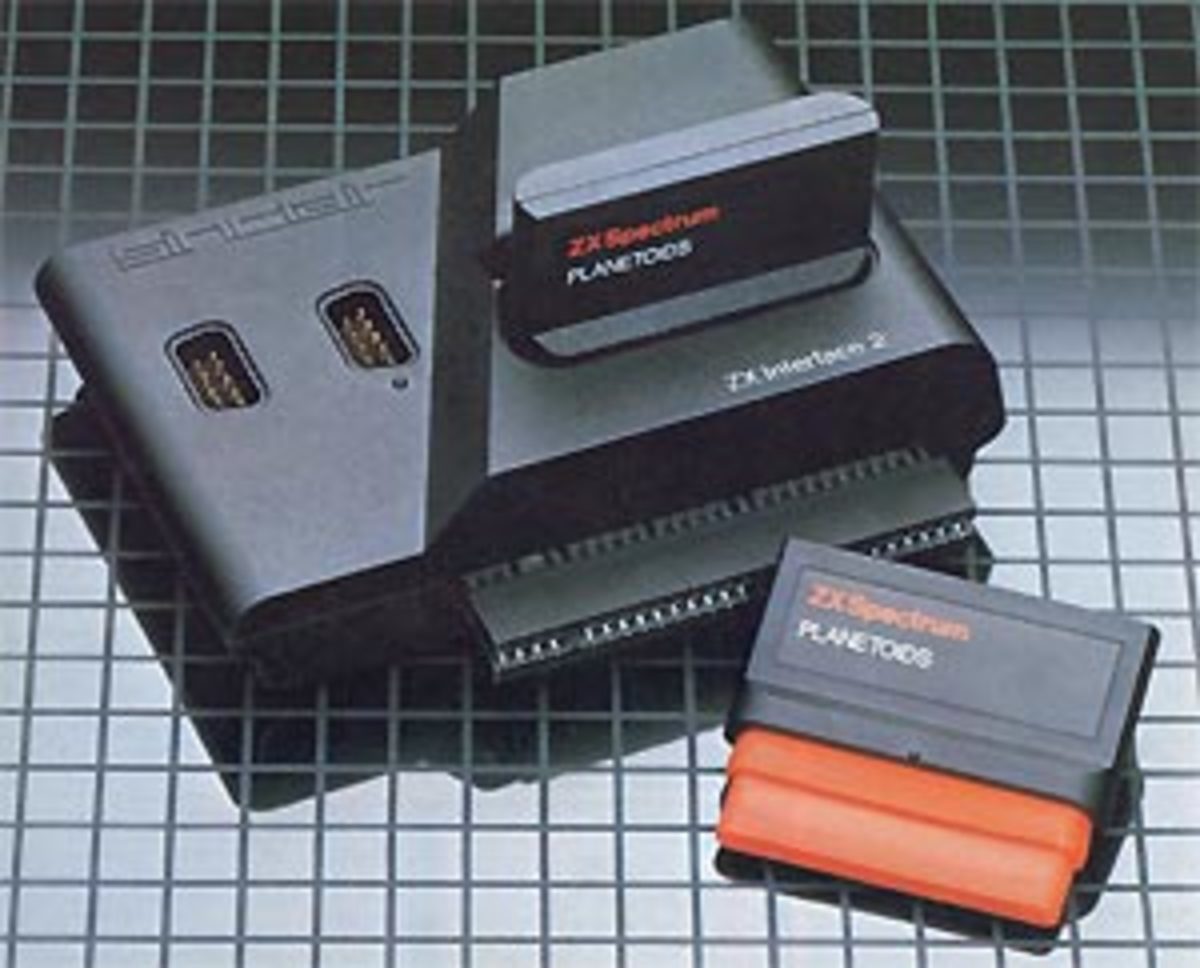Evolution Of Computers
Computer - A Miracle
When men started to count the numbers, they thought of devices that can track of the numbers. The Abacus may be the first such device and it took hundreds of years to develop the Abacus to modern digital computer. The first computer originated as an ordinary calculator in 19th century.
The calculators had only limited applications, performing mathematical calculations like addition, substraction, multiplication and division. Storage of data were not possible in these devices. Now the modern computers help men in almost all complicated areas like flight control of aeroplanes and even in space shuttles. The computers do not compete with men, but actually help him by increasing the pace of his complicated lifestyle. It receives data, processes data and retrieves data in a lightning speed comparing with human brain. Thus it becomes a miracle-helper for all human beings. Let us have a birds eye-view of the evolution of computer.
The Abacus
The abacus was the earliest calculating machine probably originated in China about 3,000 years ago. It is still widely used in Asia for primary education. The name abacus is derived from abax; Greek word for slab. It may be because the counting was once done with pebbles placed in a hollow in a slab. In China it is also known as Swan Pan. Abacus consist of a rectangular wooden frame with horizontal rods. Beads made of stones, pearls wood or ivory ( having holes in it to pass through the rods). are placed in these rods. Counting is done by shifting the beads from one place to another. Ir is a hand-used device for addition and substraction. The abacus consist of several columns, farthest to the right represents 'ones', the next one 'tens then the hundreds and so on.
An Abacus
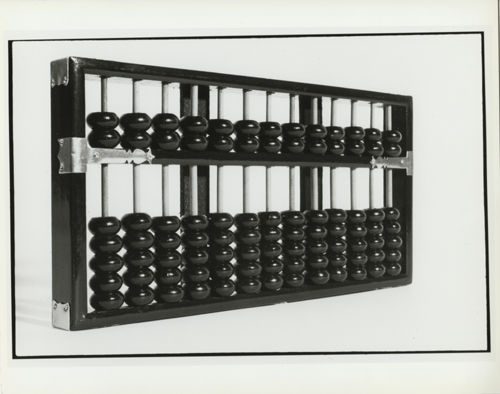
John Napier
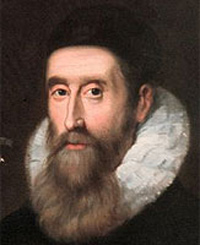
Napier's Bones
John Napier, a Scottish mathematician, developed a evice having a set of rods made of bones.(so the device is called napiers bone) for calculations involving multiplication. In 1614 John Napier introduced Logarithms. The tables used in the logarithm repesent the analogue compuating technique. In logarithm, multiplication and division can be done by adding and substracting not the numbers themselves but with help of related numbers. Making the use use of logarithms, William Oughtred, the English mathematician developed a device called The Slide Rule in the 1920s.
Blaise Pascal

Blaise Pascal
Blaise Pascal was a French mathematician born on 19th June 1623 at Clermont-Ferrand. Auvergue. In 1642 , when he was only 19 years old, he invented a calculating machine called Pascaline. It was the first mechanical digital calculator that can perform addition and subtraction on whole numbers. It had a system of interlocking rotating cog wheels. Each wheel had ten segments like in a mileometer. When one wheel completes a rotation, the next wheel moves by one segment. Numbers 0 to 9 are there on the circumference of the wheel. Pascal patented this machine in 1647, and produced it on a mass scale.
Pascaline
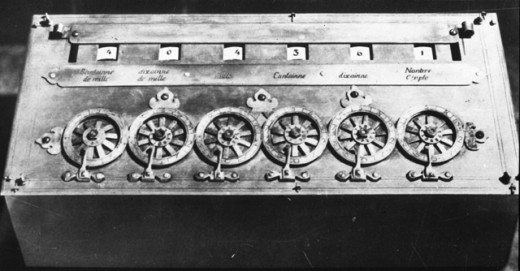
Analog Computer
Analog computers are fundamentally different in principle from the modern digital computers. In analog devices, different quantities are represented in various physical ways such as by position of a rotating wheel, the distances between pounts in a surface or by different voltages. In 19th century , the early days of computing, almost all computers used analog devices. Analog computers use simple devices, even they are mechanically complicated. It worked on a decimal decade system usinf rows of 10 position wheels. Each wheel rotated one position fo;r each complete revelution to the right like ibn a mileometer. Wheels reverse for substraction and the mechanical linkages allowed multiplucation and division.
Jacquard
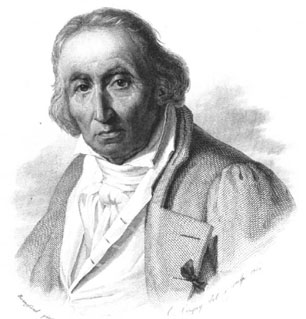
Punched Cards
French inventor Joseph-Marie Jacquard (1752-1834) introduced a new weaving loom in 1805. This loom used series of cards with holes punched in different positions to produce different desired patterns in weaving. This loom was widely used in the whole world.
Jacquard Machine
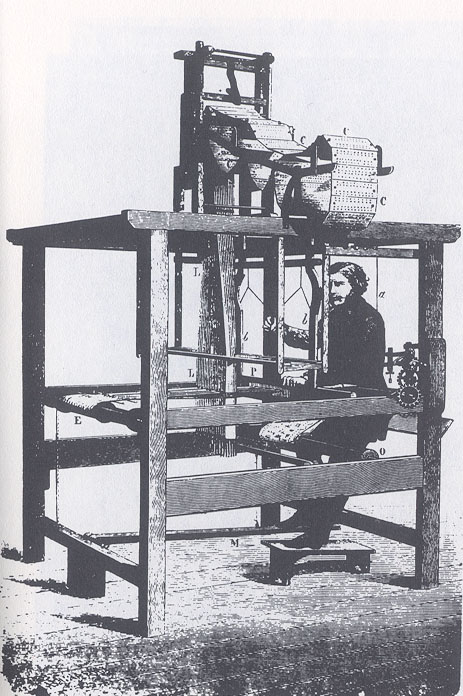
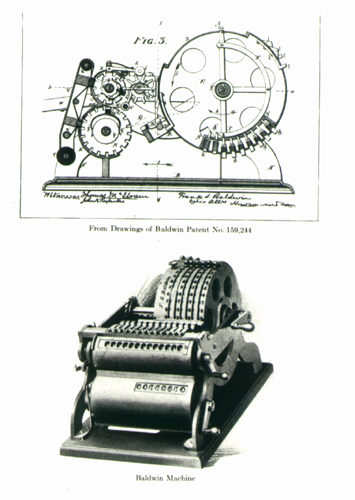
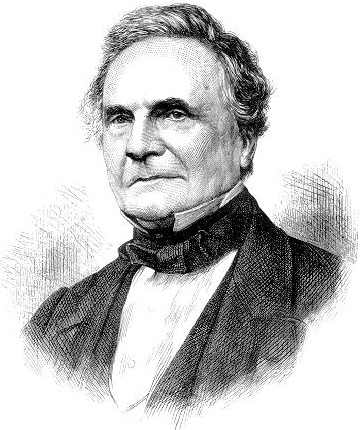
The Difference Machine
Jacquards Weaving System using punched cards attracted many scientists. ZBritish mathematician Charles Vavvafe (1792-1871) inspired by the punched cards to idea, developed an idea of using punched cards to input data. He worked on the idea for more then ren years to resolve the complicated calculation. He face many difficulties. His chief engineer set a dispute with him. The Government withdrew all financial assistance and at last the parts made by him scrapped and the manufacturing of Difference Engine could not be completed.
Babbage continued his efforts and put forward an idea of a machine that can do 60 calculations per second. This was called Analytical Engine which stamped the foundation for modern computing. Therefore, Babbage is often considered as Father of modern Computers. Babbage couldn't succeed in materialising his ideas because of many obstacles faced in his way. But however on his 200th birth anniversary, 1st november 1991, the scientists and engineers buit the Difference Engine No.2 on his sound idea for his memory. This mechanical works perfectly till now.
Ada Augusta King
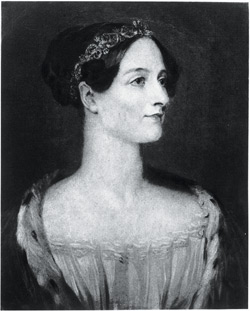
The First Programmer
Ada Augusta King(1815-52) daughter of Lord Byron, was the personal assostant of Charles Babbage. She suggested binary data storage and wrote the first computer program for the Analytical Engine. The ADA software was named after her.
Boole
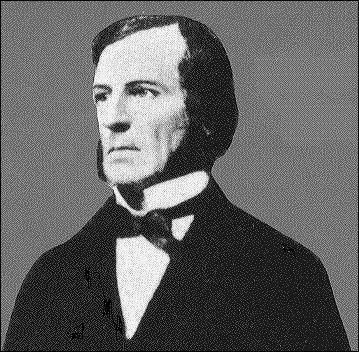
George Boole
George Boole (1815-64) was a self taught English Mathematician. Even though he had no university degree, he was appointed Professor of Mathematics at Queens College, Cork in 1849, the development of a system of a synobolic logic. He developed a two value binary algebra using ons 1's and 0's where '1' reperesents 'true' or on' and '0' represents 'false' or 'off'. All values are reduced to 'true' or false in the binary system. This theory of Boolean logicv became fundamental to the design of computer circuitry.
Hollerith
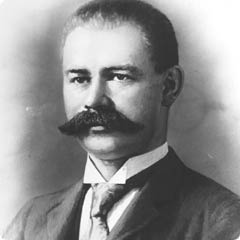
Dr. Herman Hollerith
American inventor, Herman Hollerithy (1860-1929) developed punched card system for storing and retrievind data. He was satatistician in the Census Bureau of US and the idea developed to assist the mammoth task of census work. Hollerith developed a puch card that would contain data coded in the form of puched holes. He also built the tabulating machine to read the cards and processing the data. He Started Tabulated Machines Company in 1896. Later in 1911 this company became the Computing Tabulating Recording Company and now the International Bussiness machines, simply IBM.
Chip
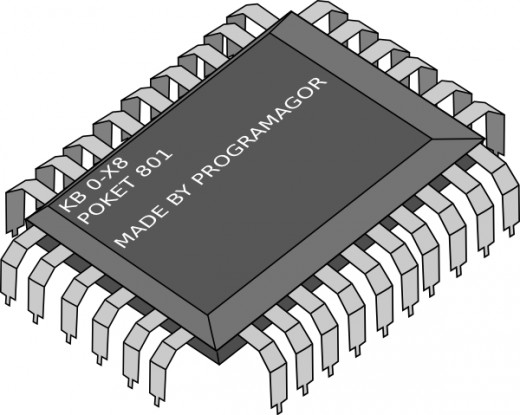
Digital Era
American mathematician Claude Shannon(born in 1916) in his Master's Degree thesis in 1937, suggested 1's and 0's of binary systems can be considered 'ON' and 'OFF' position of the flow of current. Too small and speedy electrically operated switch operated on a small current was needed to implement this Idea. Dr. John Vincent Atanasoff, a professor of physics and mathematics at Lowa State College with his graduate assistant Clifford Berry, built the first electroni computer, named Atanasoft-Berry Computer(ABC), ABC used vacuum tubes for storage and arithemetic logic functions. It was designed specially for the purpose of solving systems of simulataneous equations. He used Themionic Valves as electronically operated switch.
In 1946, physicists J. Presper Eckert nad John William Mauchy developed general purpose computer, Electronical Numerical Integrator And Calculator(ENIAC). This computer has 18000 valves consuming 100 kilowatts of power and weighed several tons!!! Even though it performed 5000 calculations in a second, it had so many disadvantages. The filaments of valves burn out frequently stopping the operations. There was no programming. Wiring system and switches had to be changed for different functions.
The Hungarian born American mathematician John Von Neuman introduced an idea of entering the program of instructions into the machines for its procedures as the numerical data is entered. This was the idea that actually led to the concept of modern softwares.
Admiral Grace Hopper devlopped this idea, and it was designed and built by Mauchy and Eckert. This first commercial electronic digital computer capable of using stored programs was called Universal Automatic Calculator UNIVAC. They were built commercially by Mauchy and Eckert in 1951.
Transistors
in 1947,computers entered a second generation by the introduction of transistors. Transistors were tiny with lower power requirement, as it does not require a heated element. In transistor, a single power supply is needed where valves needed two and is more reliable and efficient than Thermionic Valves. It was developed by the American physicist William Shockley.
Milestones
- IBM developed FORmula Translation Language(FORTRAN) in 1957.
- Jack Kilby and Noyce developed and perfected the integrated circuit in 1959, used in later computers.
- Hopper developed Common Business Oriented Language(COBOL), programming language in 1959
- In 1960s Gene Amdahal designed IBM system 360 series of mainframe computers, the first general purpose digital computer using integrated circuits.
- In 1963 Olsen with Digital Equipment Corporation produced the PDP-1(Program Data Processor), the first mini computer.
- iin 1965, Dr. John Kemeny, a mathematics professor at Dartmouth with his colleagues, Dr. Thomas Kurtz developed the computer language, Beginners All Purpose Symbolic Instruction Code simply known as BASIC.
- In 19701, Intel created memory chip having storage capacity of 1 KB.
- Ted Hoff (Intel) compressed 12 chips with different arithmetic logic functions into four, called microprocessors. Hoff's microprocessor was calle Intel 4004("FORTY oh FOUR).
- In 1975 H.Edward Roberts, an electrical engineer designed the first Micro Computer. Now he is known as the Father Of Micro Computer.
- In 1980s and 1990s chips and microcomputers developed rapidly by increasing in power and dropping in Price.

